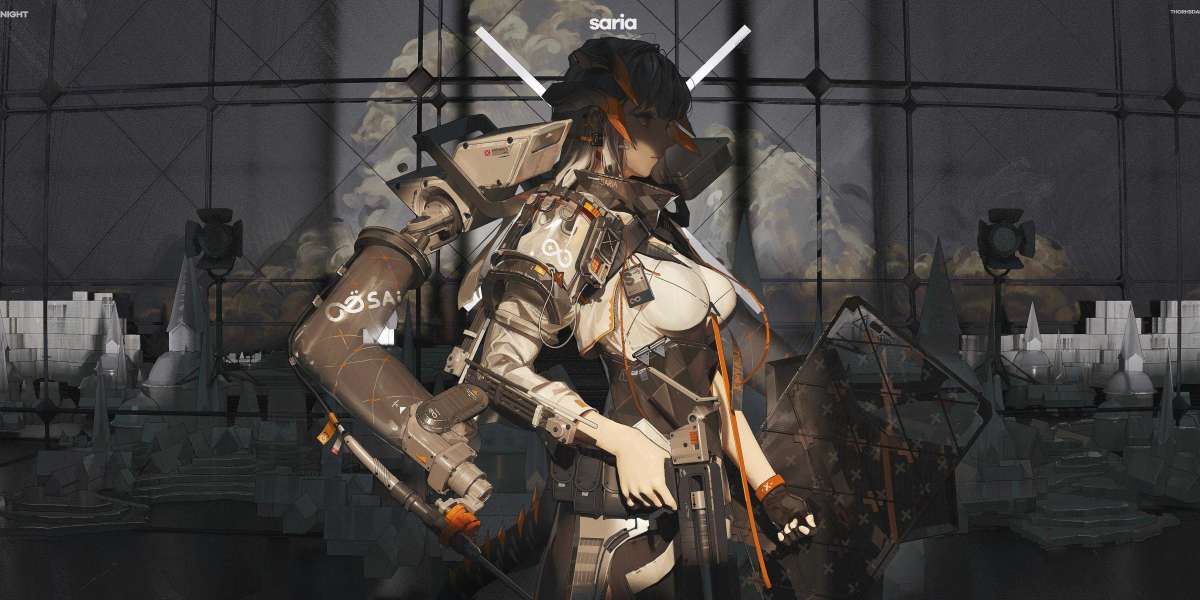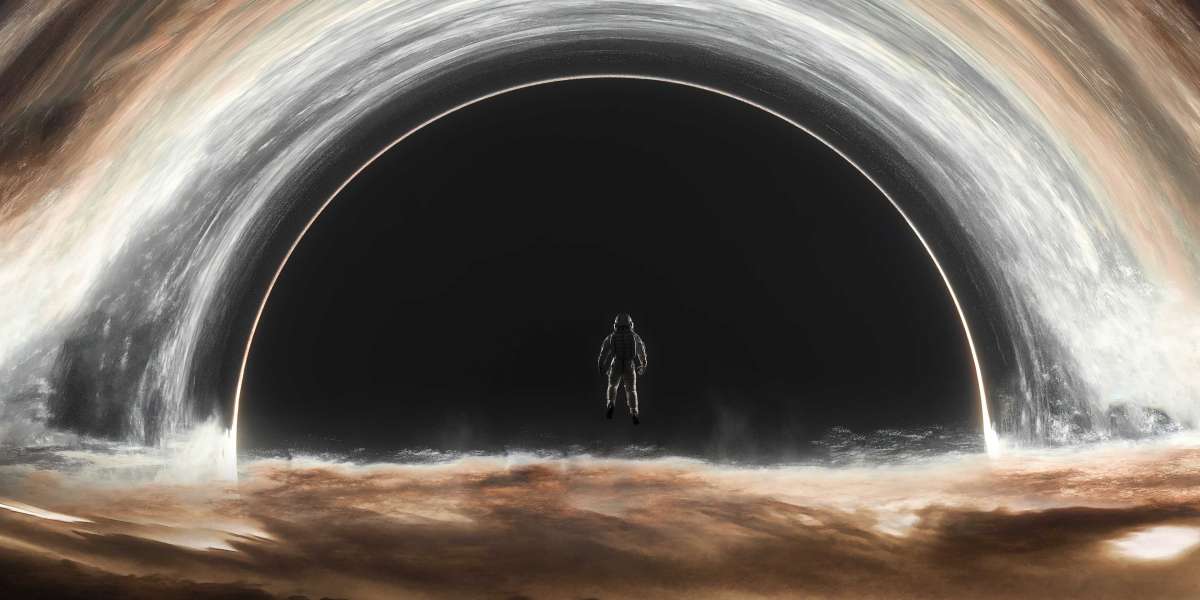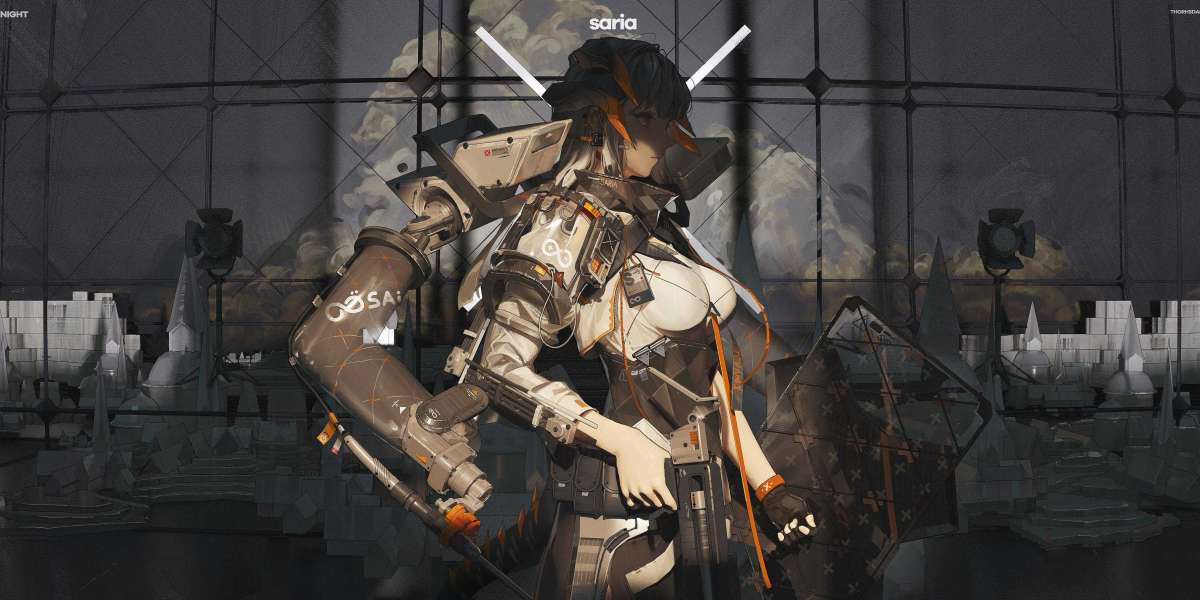Introduction:
In the early part of 1979, a critical event unfolded in Iran that would forever change the course of its history. This event, known as the Iranian Revolution, marked the downfall of the Shah and the establishment of an Islamic Republic. The revolution, driven by a mix of socio-political grievances, religious ideology, and widespread public discontent, resulted in a mass uprising against the autocratic rule of Mohammad Reza Shah Pahlavi. With the intense fervor of a nation seeking change, ordinary citizens took to the streets in protest, sparking a wave of demonstrations and unrest throughout the country. Ultimately, this revolutionary movement would shape the direction of Iran and have lasting implications on a global scale.
Description:
The Iranian Revolution of 1979 reached its climax in February, with an immense culmination of protests and demonstrations in the capital city of Tehran. The streets were flooded with a sea of passionate people, chanting revolutionary slogans, brandishing signs, and demanding a new era of governance. The atmosphere was electric, as a diverse cross-section of society came together for a common cause, united in their desire for change.
At the forefront of this uprising was Ayatollah Ruhollah Khomeini, the charismatic religious leader and symbol of resistance against the Shah's regime. Khomeini, who had been exiled from Iran for his outspoken criticism of the Shah's policies, had gained a significant following during his time abroad. His return to Iran in February 1979 turned the tide of the revolution, fueling the movement with even greater momentum.
As the days passed, the protests intensified, with clashes between demonstrators and security forces becoming more frequent and fierce. The Shah's military and police attempted to quell the uprising, using tear gas, batons, and even firing live ammunition in some instances. However, the sheer determination and unwavering courage of the protesters could not be extinguished.
On February 11, 1979, Tehran witnessed an unprecedented event that altered the course of history. Millions of Iranians from all walks of life gathered in the city's streets, squares, and parks to witness a triumphant moment in their struggle for liberation. They awaited Ayatollah Khomeini's address, eager to hear his proclamation for a new Iran, free from the oppression of the Shah's regime.
When Khomeini finally spoke, his powerful voice echoed through the airwaves, resonating with the hopes and dreams of a nation. He announced the formation of an Islamic republic in Iran, reflecting the desire for an alternative system of governance rooted in religious principles. The crowd erupted in celebration, shedding tears of joy, embracing each other, and expressing their collective relief and exultation.
From that point forward, the Iranian Revolution rapidly transformed the social, political, and cultural landscape of Iran. The Shah, unable to withstand the pressure from the masses, fled the country, leaving behind a nation forever changed. The revolution not only marked the end of a monarchy but also set the stage for the rise of the Islamic Republic of Iran, which remains in power to this day.
Overall, the events of February 1979 during the Iranian Revolution constituted a pivotal moment in history, characterized by the passionate quest for freedom, the resilience of the people, and the emergence of a new era. It serves as a reminder of the power of collective action, the complexity of political change, and the enduring impact of a revolution that reverberated far beyond Iran's borders.








